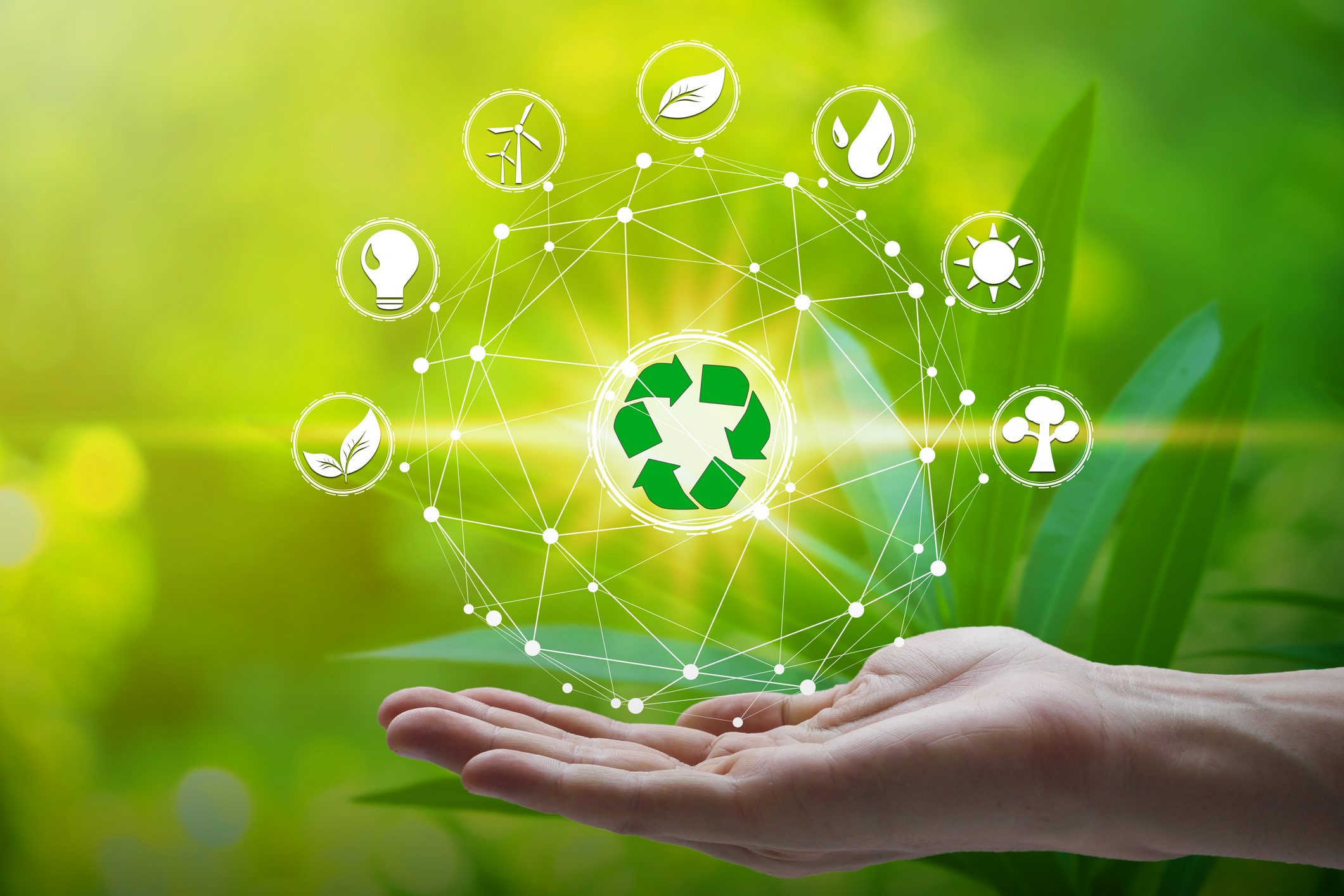Today’s consumer is looking for a network provider with the best connectivity at an affordable price. Delays when streaming a movie or sending a file to a colleague for example, won’t be tolerated for long. However, at the same time, consumers have become hyper-aware of environmental impacts and will avoid brands that lack strong sustainability credentials.
Constantly trying to satisfy the ‘connected consumer’ with cutting-edge innovation while being mindful of their considerable footprint proves quite the conundrum for the telco industry. Luckily, telcos can adopt three simple solutions immediately to begin mitigating their sustainability challenge while continuing to innovate.
Telco industry energy consumption: the challenge
I believe that service providers can continue to innovate while creating a greener, better telco industry.
Currently, the telco industry is one of the world's largest energy consumers, which, according to the Future of Commerce, accounts for 4% of global consumption. This enormous power draw dramatically increases the industry's carbon footprint. With rising energy prices, telco networks cannot afford to continue at this pace.
Fortunately, this isn't a problem the industry is taking lying down. Telco energy use is reducing as we speak. In fact, three of Europe's biggest telco operators, BT, Orange, and Telefonica, consumed less energy throughout 2021 than they did in 2016. Action is being taken.
Within telecommunications, the actual networks themselves are responsible for consuming the largest amount of energy. Most energy-saving initiatives are, therefore, focused on modernising these networks from end to end. Upgrading networks to 5G is a fantastic example of this, as it carries many energy-saving benefits while providing better experiences for consumers.
Three solutions to telco’s sustainability challenge: renewable energy, upgrading to 5G, and deploying virtualisation
I believe the overarching solution to reducing energy consumption is modernisation, prioritising operational efficiency and cost reduction —things the industry is already doing in varying degrees.
Orange's recent activity serves as a perfect example. Between 2014 and 2018, Orange experienced enormous traffic increases, but it weathered the 'data tsunami' using a range of tactics, including taking advantage of new datacentre cooling technologies and, most importantly, upgrading to 5G and leveraging its 'energy optimisation' features.
Our role is to enable telcos to do more with less from end-to-end, increasing efficiency and reducing energy consumption and carbon emissions. In fact, through Core, RAN, and Edge solutions, we have doubled the spectrum efficiency of our customers, while halving RAN energy consumption.
But these vital carriers can continue furthering their own sustainability efforts without compromising on the needs of ‘connected consumers’. Here are three considerations:
1. Turning to renewable energy sources
Carbon emissions are created from the smallest of tasks, like emailing or searching for something on the web. However, with 4.1 billion people connected to the internet, this small amount of Co2 quickly adds up.
As electricity prices increase across Europe, sourcing strategic sustainable energy is a must. Transitioning to a renewable energy supply will reduce costs and ease reliance on energy sources that are liable to price swings influenced by global events.
Once again, Orange is thinking this way and recently announced its plans to build a solar farm to increase access to renewable energy.
2. Upgrading to 5G networks
Over the past ten years, we’ve witnessed many successful implementations of 5G for a range of telco clients like Vodafone and Telia. Upgrading to 5G networks enables telcos to provide better consumer connectivity while reducing network consumption. For example, 5G networks are software-defined, which allows for resources to be allocated efficiently, reducing energy consumption.
Thanks to 3rd Generation Partnership Projects (3GPP), a group of organisations that set the standards and specifications for 5G, these networks include energy-saving features. These mechanisms reduce consumption by switching off cells or functions within a network. An example of this is 'cell switching', which allows 5G devices to switch cells depending on signal strength and quality. We are developing solutions, such as our RIC (RAN Intelligent Controller), to further 3GPP’s 5G features.
5G networks also use edge computing, which reduces the amount of data that needs to be communicated over long distances. However, due to 5G's speed and efficiency, data surges spur consumption at the edge of a network. We are developing edge solutions to move closer to where these services are consumed, to make networks more efficient. Building, running, managing, and connecting via edge-native applications will be critical for telcos to overcome their challenge and deliver innovation for consumers. For example, edge computing coupled with 5G has enabled VR and AR to improve rapidly – providing the ability to render an environment in real time. This has enhanced services across industries from healthcare to education, delivering better consumer outcomes.
We are also developing solutions, such as our RIC (RAN Intelligent Controller), which allows programmability of the RAN to reduce power consumption at certain times of the day to further 3GPP’s 5G features.
With built-in capabilities and a range of energy saving features, upgrading to 5G is non-negotiable for telcos looking to prioritise sustainability and innovation.
3. Deploying cutting-edge virtualisation
Numerous brilliant minds are engineering incredible solutions that boost innovation and sustainability. We are lucky enough to have many of these minds in our engineering teams. As a result, our innovations are helping customers reduce their environmental impact while improving a range of offerings.
Just think, virtualisation technology is helping reduce impact on operations while boosting productivity. For telcos, virtualisation can be most effective when reproducing a physical network, allowing applications to run virtually, facilitating increased efficiency, reduced operating costs, faster workloads, greater application performance, and higher server availability. If not already, telcos must integrate virtualisation technology into their stack to increase sustainability and productivity. To continue innovating while being sustainable, telco operators must enact the three considerations above as quickly as possible. In turn, these solutions will allow telcos to provide 'connected consumers' with affordable products and services while promoting a greener industry.
